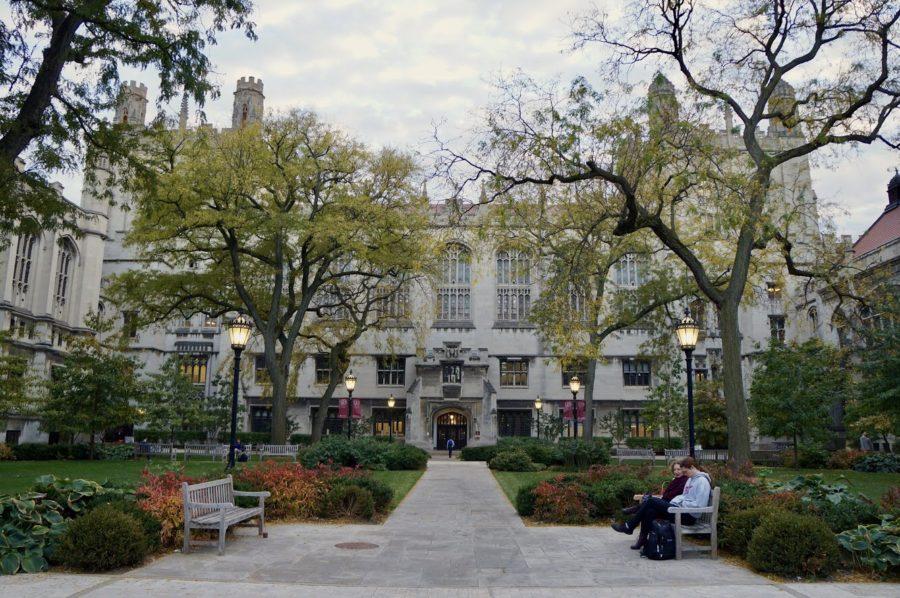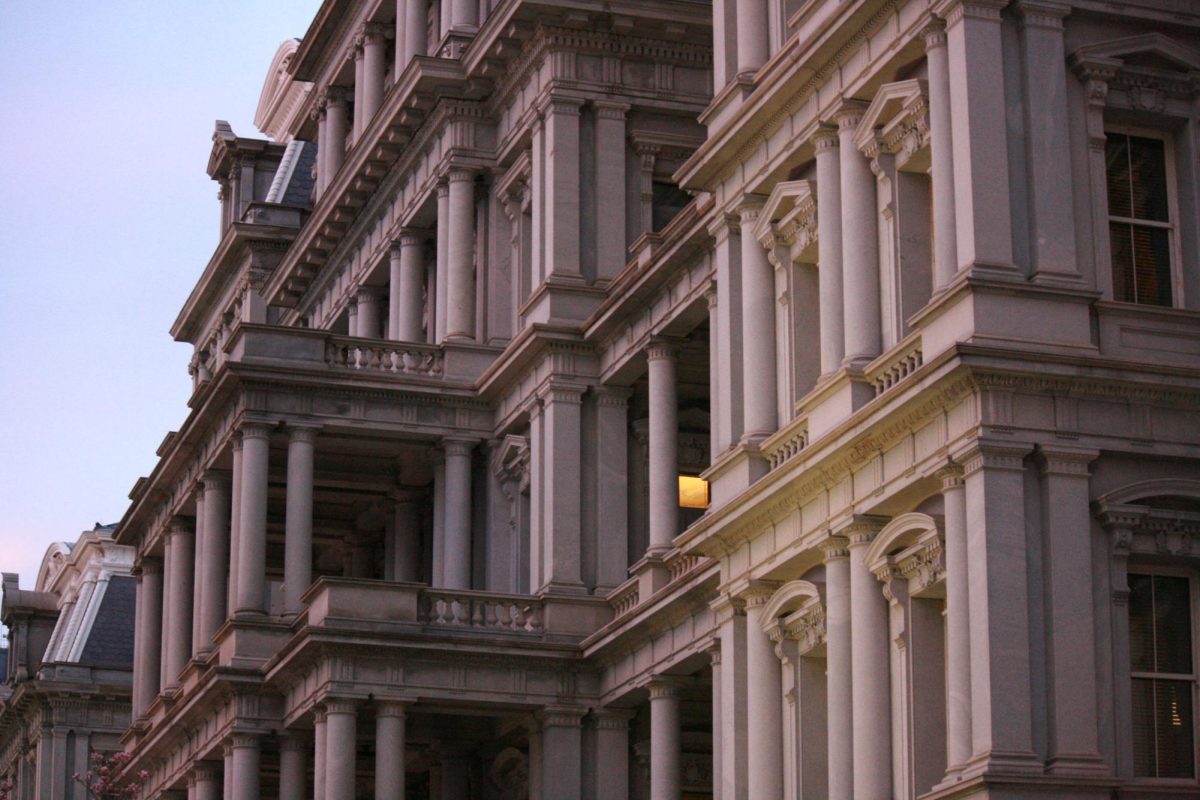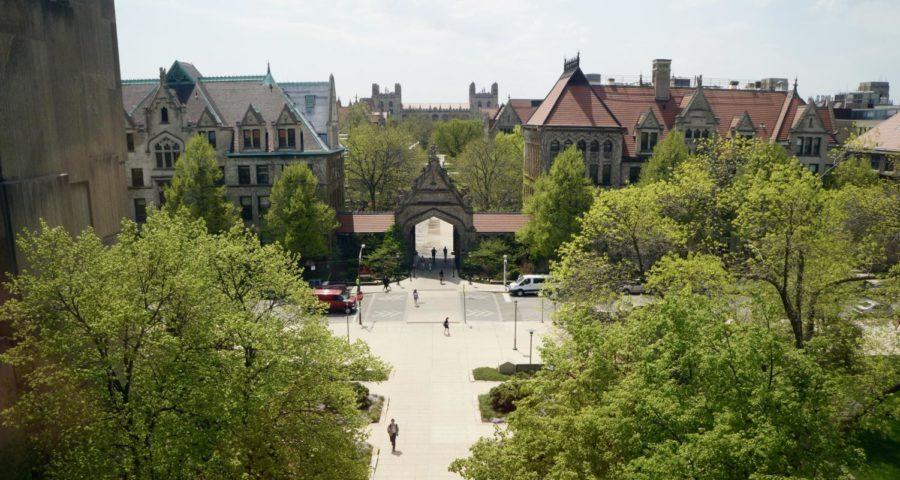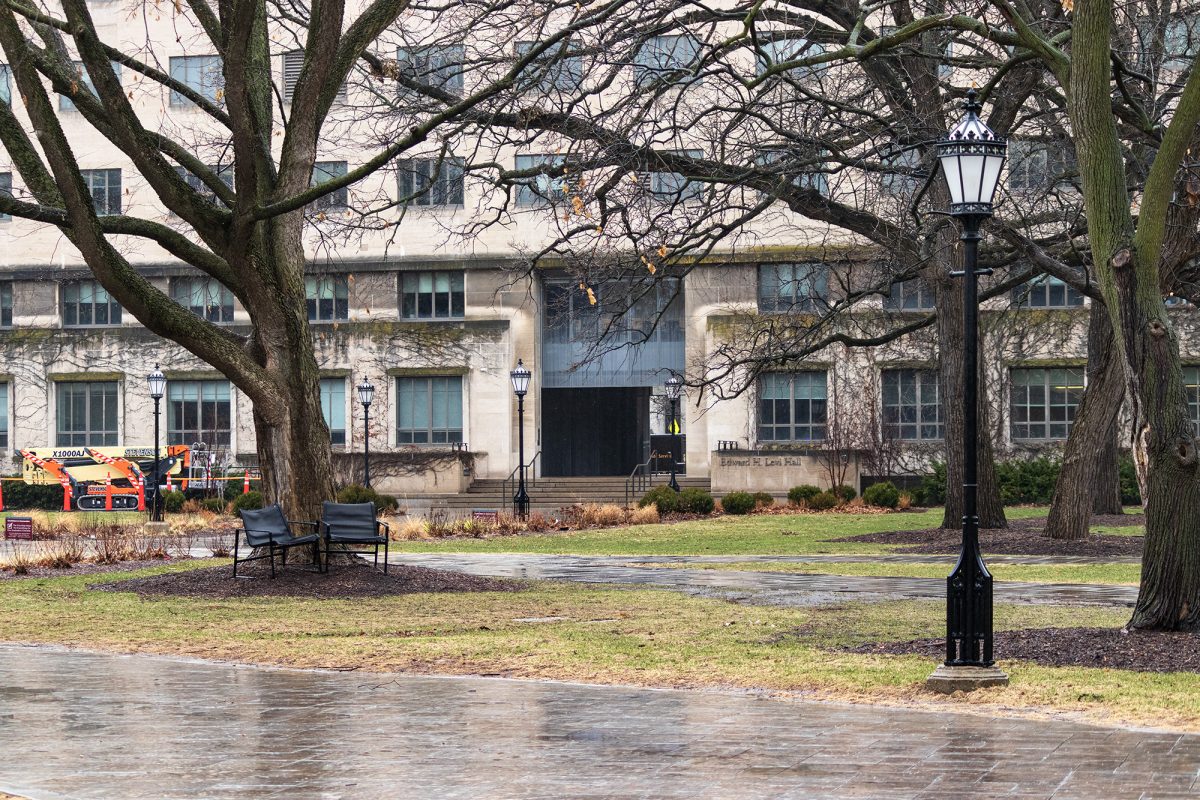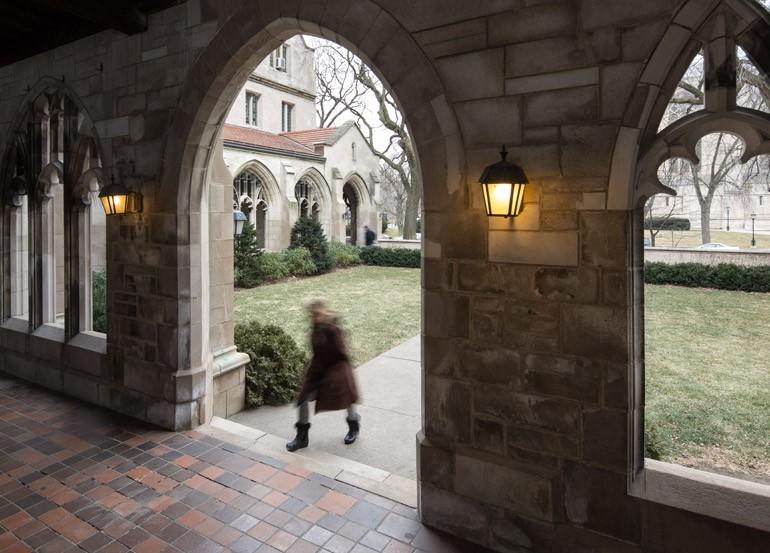Autumn quarter 2020, scheduled to begin on September 29, will include a mix of in-person and remote learning. As detailed in a university email last Friday, instructors will be able choose whether to offer their courses remotely or in person. The first week of classes will be conducted remotely so that students can self-quarantine, and in-person instruction will begin on October 5 of second week. Orientation week for the Class of 2024 will begin on September 8.
Courses offered only in person will not be available to students taking classes remotely. Classes traditionally serving incoming first-year students will be given priority to be held in-person.
In-person instruction will end at Thanksgiving, with 10th week, reading period, and final exams taking place online for all students.
The University also plans to mandate COVID-19 testing for all students in residence halls, and announced that “[testing] will take place upon your arrival and routinely throughout the year.” Contact tracing for students who are exposed to individuals infected with COVID-19 will be directed by the university’s infectious disease specialists. The email did not detail what this tracing will look like.
Students who are planning to return to Chicago will be required to return to campus earlier than usual in order to self-quarantine before on-campus activity resumes. On-campus students will be required to arrive by September 24 and be quarantined in residence halls for at least 10 days beginning September 25.
The move-in period for dorms will be staggered throughout the fourth week of September for incoming and returning students. Students can only have a maximum of two family members or friends help them move in.
Students living on-campus who contract COVID-19 would also be required to isolate in a separate housing space, while those living off-campus would need to isolate in their homes.
Returning members of the university community will be required to wear face coverings in university buildings and on campus grounds, self-monitor for COVID-19 symptoms, report any positive test results, and complete a training program before arriving on campus.
The University also announced that residence halls will only provide single occupancy room assignments, including within apartments. Residence halls will operate at 40 percent of their usual capacity, even with the opening of the new Woodlawn Residential Commons. Housing will be offered for all incoming first-year students and a portion of returning students, but students unable to secure on-campus housing will need to find off-campus housing. The requirement that rising second-years spend six quarters in housing has been suspended.
The University stated on the housing application website that third- or fourth-year students will only be offered on-campus housing if vacancies become available and second-year housing waitlists have been fulfilled.
The University said it will “provide contact information and other details for rental agencies” to students who will need off-campus housing within a one-mile radius of campus in order to take in-person classes. Students on financial aid will receive money meant to cover these unforeseen expenses.
All four dining halls will operate at 75 percent reduced capacity and self-serve options will be eliminated in order to accommodate for social distancing and safety protocols. However, dining hall hours will be extended and take-away meal options will be provided as an alternative to sit-down dining.
The University released examples of spatial configurations for campus facilities, and announced that all classrooms would undergo new cleaning and ventilation procedures. Seats will be distanced approximately six feet apart to facilitate social distancing, and instruction will be provided in non-classroom spaces.
Student health and wellness resources, such as mental health services, will be provided in both in-person and remote formats. Tuesday’s announcement did not mention how other aspects of student life, such as athletics, student employment, or O-Week, will be impacted.
The Centers for Disease Control and Prevention (CDC) released guidelines for COVID-19 testing at universities on Tuesday. The CDC recommended that universities conduct daily temperature and symptom screenings for COVID-19, isolate students, faculty, and staff with symptoms, and test asymptomatic individuals with known or suspected exposure to a person who has been infected. However, it did not recommend entry testing of all returning students, faculty, and staff, stating that it was unknown whether entry testing provides any reduction of person-to-person transmission of COVID-19.
The University had previously discussed reopening plans at a webinar hosted by Provost Ka Yee Lee for faculty and researchers on June 11. The webinar included discussions on ways to ensure student and faculty safety by significantly reducing classroom, dorm, and dining hall capacity, as well as by offering a mix of in-person and remote instruction.
Editor's Note: This article is part of an ongoing announcement. The article will be updated as more information becomes available. Last Updated 6/30/20 6:07 PM Central



